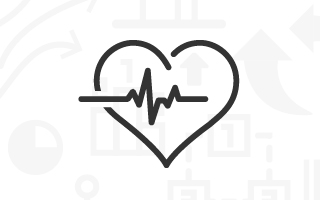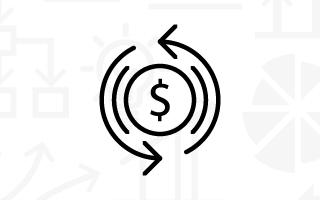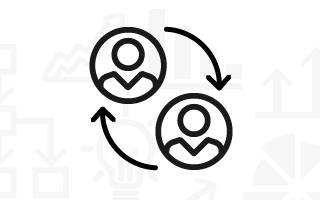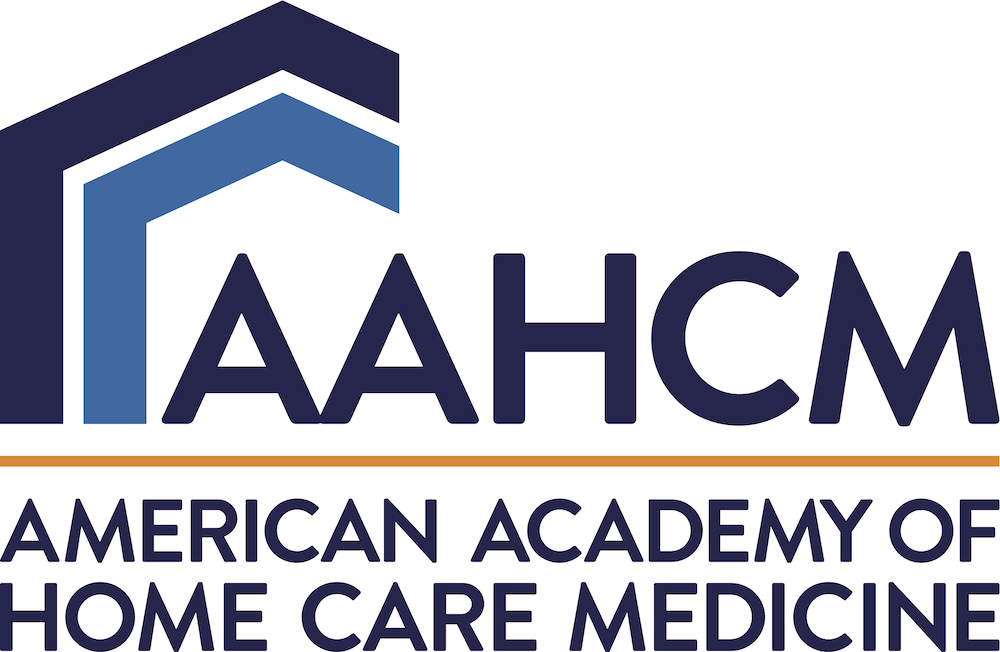
Home-Based Primary Care: Proven Cost Savings, Higher Patient Satisfaction
HBPC programs are not cookie-cutter solutions. Some provide hospital-level care in the home; others focus on palliative care. Some are full-service, including diagnostics and labs; others work with patients’ primary care physicians.
But whatever the care model, these solutions customize their services to address each patient’s individual needs. Studies of HBPC demonstrate that, without exception, an integrated, patient-centric and preemptive approach to managing care for the homebound will lower costs and improve patient satisfaction.
How can home-based primary care reduce cost of care while maintaining or improving patient outcomes?
It’s easy to understand how HBPC improves quality of life for patients and their families, but it has significant financial impact as well. HBPC not only reduces hospital readmissions and emergency visits, but also controls skyrocketing costs for chronic and end-of-life care by establishing trust with patients. This trust makes patients more likely to follow care instructions and self-treat more effectively between visits.
Providers and payers alike agree, in principle, that the fundamental tenets of HBPC programs (continuity of care, a focus on prevention, strong connections with patients) will drive value in today’s healthcare environment. Yet, many still question whether HBPC programs can deliver measurable cost benefits in real-world settings.
HBPC services and interventions are significantly more cost-effective than hospitalizations and emergency care visits. Regular patient assessments by HBPC physicians capture the full burden of patients’ illnesses, which increase Medicare risk adjustment factor (RAF) scores and ensure that Medicare Advantage plans are fully compensated for the sickest patients.
Hospital systems and their affiliated accountable care organizations also can partner with HBPC providers to reduce costs and improve quality metrics and patient satisfaction ratings. Hospitals already providing home health follow-up services can quickly identify those patients who need to transition to full HBPC.
HBPC in Action
Research on HBPC services consistently shows that this patient-centric, preemptive approach provides demonstrable value. For example, the CMS IAH Demonstration saved Medicare more than $1,000 per beneficiary in 2016, primarily as a result of fewer hospital admissions and inpatient hospital and emergency department services.
HBPC Program Saves $4,000 Per Patient Annually
A study in the Journal of the American Geriatrics Society compared Medicare costs and survival of 722 patients enrolled in a Medical House Call program to a control group of 2,161 patients using Medicare claims data. The house call program featured
- an interdisciplinary team of physicians and nurse practitioners who provided 24/7 on-call telephone coverage and made frequent visits to patients at home
- social workers who coordinated psychosocial and supportive services
- same-day urgent house calls to prevent avoidable hospitalizations
- palliative and hospice services.
This comprehensive HBPC program in the Washington, D.C., area found that HBPC saved more than $4,000 per patient per year compared with the control group and achieved similar mortality outcomes. Participating patients had
- 9% fewer hospitalizations
- 20% fewer emergency department visits
- 27% fewer skilled nursing facility stays
- 23% fewer specialist visits.
VA Program Achieves 10% Savings and Record-High Patient Satisfaction
A recent VA study of 9,425 newly enrolled home-based primary care patients found that during use of the VA Home-Based Primary Care program, annual Medicare costs were 10.8% lower than projected costs. In addition, VA and Medicare hospitalizations declined by 25% and VA patient satisfaction scores were the highest ever at 83%.
HBPC Program Saves Michigan ACO $6.6 Million
U.S. Medical Management runs Visiting Physicians of America, the largest HBPC program in the U.S. and manages more than 50,000 high-acuity patients as primary care in 14 states. One of its programs served 1,800 patients for the Pioneer Accountable Care Organization (ACO) in Michigan, which is affiliated with the Detroit Medical Center and a participant in the CMS Next Generation ACO Model. In its first 2 years, the HBPC program generated more than $6.6 million in savings for the Pioneer ACO program.
HBPC End-of-Life Care Programs Benefit Both Patients and Hospitals
Although 70% of Americans say they would prefer to die at home, only 33.5% do. Aggressive care at the end of life is not only incongruent with patients’ wishes, but it is also terribly expensive. In 2010, 25.1% of the $556 billion Medicare dollars went to care in the last year of life. In an end-of-life care program provided by Home Care Physicians in Wheaton, IL, most patients did not spend any time in the hospital the last 3 years of life. This HBPC program decreased mortality rates for area hospitals, an important benefit since this metric is part of the Medicare Quality Incentive Program that impacts hospital payments.
CMS’s IAH Demonstration: Quality Measures, Proven Value
A groundbreaking program from CMS—the Independence at Home (IAH) Demonstration—shows that HBPC delivers on its promise while setting standards for quality performance metrics that others can use for value-based, risk-sharing payment models. The program awards incentive payments to HBPC healthcare providers who reduce Medicare expenditures and meet designated quality measures. In the second year of the IAH Demonstration:
- 15 HBPC practices served more than 10,000 Medicare beneficiaries.
- The program saved Medicare more than $1,000 per beneficiary, primarily as a result of fewer hospital admissions and inpatient hospital and emergency department services.
To learn more about HBPC, please reach out to us at [email protected].
 |
 |
 |
|
Learn more about the service and why implementing it is the right choice for this patient population.
|
Download this evidence-based resource to help you establish a need case for your program.
|
Who benefits from HBPC? Are there enough providers? Is HBPC scalable and adaptable? Find out the answers to these questions and more.
|
 |
 |
 |
|
HBPC programs aren't just good for your bottom line, they create better community-based solutions for chronically ill patients.
|
HBPC improves quality of life for patients and their families, but it has significant financial impact as well.
|
Hear from people benefiting from and delivering HBPC solutions in this video testimonial.
|
|







